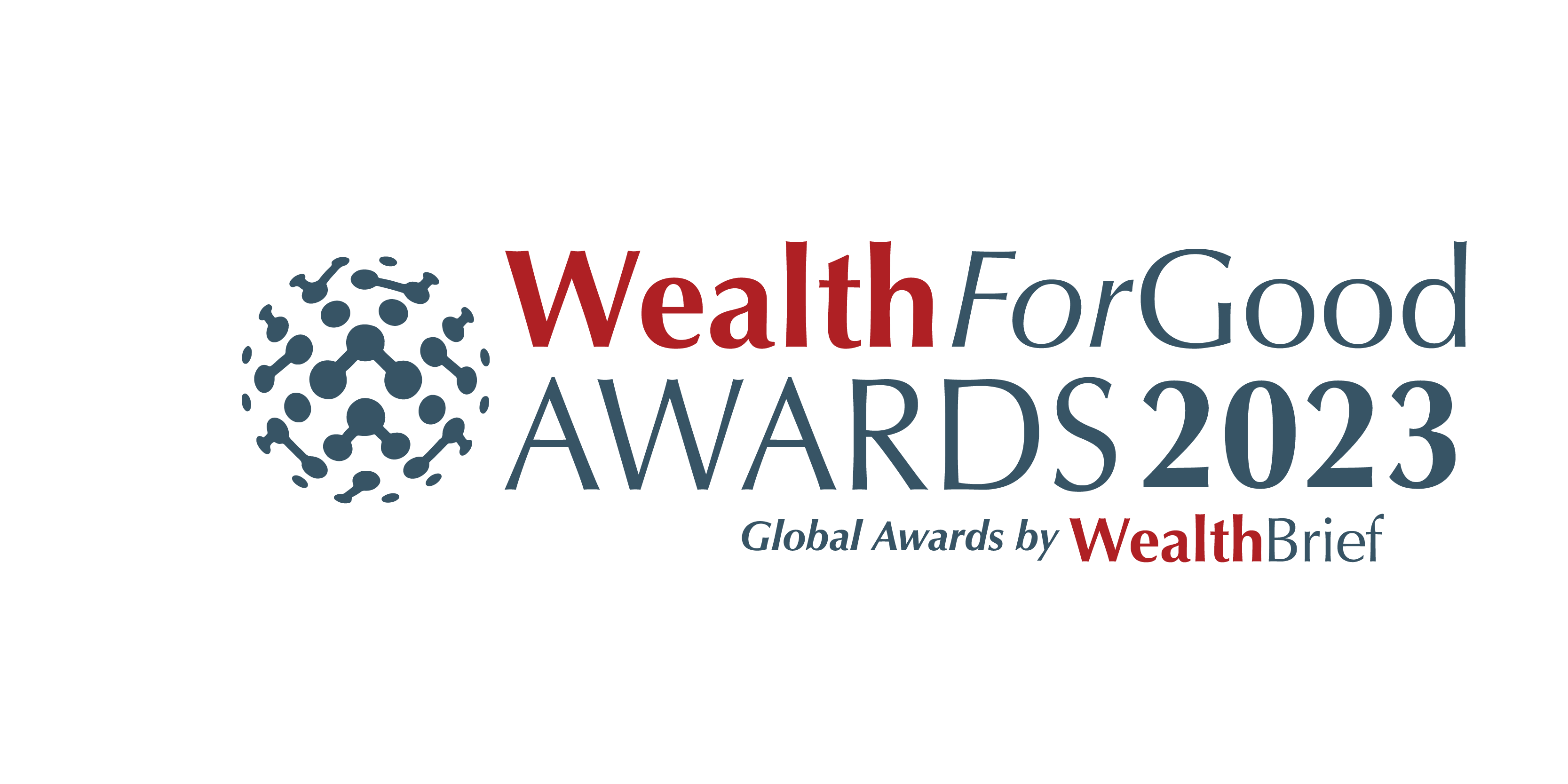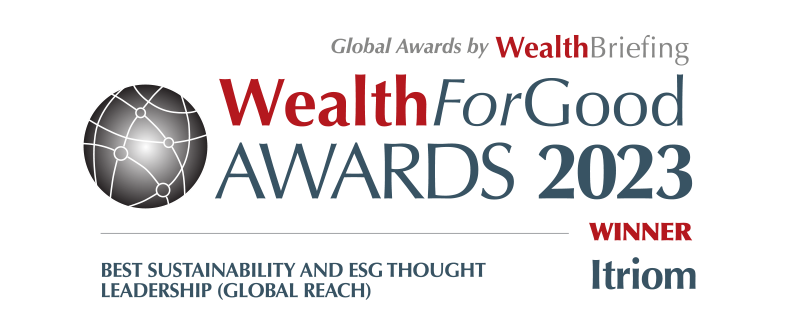
ESG Analyst
Earlier this month in Montreal, COP15 took place, the 15th Conference of the Parties (COP) signed onto the 1992 U.N Convention on Biological Diversity (CBD). This year, China and Canada held Joint-Presidency, meaning they were responsible for facilitating the negotiations ahead of the summit. Before the event, there was no global biodiversity agreement, since the Aichi Targets expired in 2020.
Biodiversity refers to the variety of living species on the Earth, including all animal, plant and insect matter. Scientists have estimated that there are around 8.7 million species, yet only 1.2 million have been identified. Biodiversity is essential to the Earth’s functioning, with every organism playing part in global systems and food chains. Our destruction of the natural world threatens the population and diversity of species, which have triggered unprecedented rates of extinction. There are more than 1 million threatened species worldwide, with plant and animal species vanishing at a rate that is 1,000 times faster than the natural extinction rate.
Some scientists estimate that within the next century, half of the world’s species will be wiped out. Without a diverse range of biodiversity, our entire support system for all human and animal life would collapse as we know it. The natural world regulates our oxygen, provides us with water, food and medicine and prevents extreme weather conditions. COP15 sought to address these concerns and outline targets to further reduce biodiversity loss.
There were 23 targets on the negotiation table, everything from noise pollution, biodiversity loss, to the use of pesticides and corporate discourses around the use of natural capital. The goal of the conference was to have a ‘Paris Agreement’ equivalent for biodiversity loss, which would include measurable goals and impact pathways.
After more than four years of negotiations, nearly 200 countries (excluding the US and the Vatican), signed an agreement to halt the destruction of the Earth’s ecosystems. In the early hours of Sunday 18th November, the negotiations ended, and the news broke that an agreement had been signed.
The new deal sets a target to protect 30 per cent of the planet and 30 per cent of degraded ecosystems by 2030. This is significantly more than the existing 17% of terrestrial land and 10% of marine areas protected. 30 by 30, as the summit headline has become known, echoes the messages conveyed at COP27 just weeks earlier. However, this goal comes at the price of $500 billion (£410bn). Currently, only $133 billion is invested in nature-based solutions, meaning we need to source and allocate nearly 4x the current amount to restore 30% of the planet’s degraded terrestrial, inland water, coastal and marine ecosystems.
If implemented globally, there could be major changes to farming practices, supply chains, food production and the role of indigenous communities in conservation methods. These efforts are an attempt to mitigate the effects that we are causing to start the Earth’s sixth mass extinction, the largest loss of life since the pre-historic ages. In the final agreement, countries decided to create a new fund that sits within the UN’s main existing biodiversity fund – The Global Environment Facility. By the end of the decade, rich countries have committed to donating $30bn of aid to support conservation measures, a substantial increase from current funds.
However, the final text lacked any mention of the term ‘nature positive’, which scientists argue is the biodiversity equivalent of net zero. Instead, the text reads “take urgent action to halt and reverse biodiversity loss” by 2030. Some critics suggest that the lack of empirical measures means that countries are not held accountable on a short term-basis to track progress before 2030. These concerns were raised by scientists and researchers, yet country delegates seem less concerned with the lack of comprehensive tracking and more concerned that it is “taking us in the right direction”.
Despite this, a positive outcome of the event is the inclusion of indigenous people and their rights to the land within the targets and framework. For years, discussions have rotated around the notion of ‘fortress conservation’, which is the idea that people who have been stewards of their communities and environments have had their rights removed by a Western ideology that views the land as wild and not owned by indigenous people. Given these concerns, the wording in the main agreement was chosen with care. It emphasises the rights of indigenous people and ensures they have a voice in conservation and land management going forward.
Prior to COP15, UN Secretary-General Antonio Guterres stated that this was our last opportunity to put an end to the “orgy of destruction” that has put millions of species at risk of extinction, and instead “forge a peace pact with nature”. The question remains, did the negotiations at COP bring about the necessary framework and targets to safeguard biodiversity and natural environments?
Overall, the response to COP15 and the targets set have been overwhelmingly positive, with many expecting delegates not to commit to the 30% targets, to begin with. The fact that nearly all countries have formed an agreement, and set time-based targets is exceedingly positive. However, given the deficiency of empirically binding targets in the short term, vague targets and a lack of measurable biodiversity indicators, there are many loopholes for countries to not place biodiversity as a priority. Additionally, the funding mechanism, although discussed, has not been adequately allocated and is not sufficient to meet the 30 by 30 goal.
As a result, many of the goals remain ambiguous without proper financial allocations funding their progress. Thus, only time will tell if the days of negotiations, and 23 targets agreed on, will be enough to further minimize the irreparable “orgy of destruction” of biodiversity loss.
Georgina Murrin is a ESG Analyst in Itriom’s London Office.
Itriom is the global impact platform helping leading families shape a better world. Itriom’s platform enables families to refresh and redesign their values, aligns them with the right UN Sustainable Development Goals, combining them in an agreed purpose and a Family Impact Charter. Itriom’s platform supports the development of impact initiatives and whilst providing discrete and secure spaces for peer-to-peer messaging and collaboration. Itriom’s core practices in Leadership, Geostrategy, and Sustainability benefit clients by developing strategies to engage and support the Next Generation in building a lasting legacy of which families can be proud.
itriom.com
enquiries@itriom.com
T: +44 (0)203 198 2277
© 2024 Itriom Limited. All rights reserved. Republication or redistribution of Itriom’s content, including by framing or similar means, is prohibited without the prior written consent of Itriom Limited. This material is provided for informational purposes only.




© 2024 Itriom Limited. Company Registration Number 134815 Jersey Financial Services Commission. Registered Office 9 Bond Street, St Helier, Jersey, JE2 3NP
ESG Consultant
Alizah is an ESG Consultant and researcher. She supports Itriom developing sustainability related products and services, helping our clients identify potential opportunities for creating positive environmental, social and sustainable impact.
ESG Analyst
Georgie is an ESG Analyst and researcher. She researches trends, develops insights and reports, and writes insight articles on sustainability and ESG related topics to ensure Itriom’s clients are up to date on the latest policy, progress and initiatives to inform the platform and help our clients maximise their positive impact.
Senior Partner
Practice Leader – Leadership & Resilience
Renowned family office thought leader, Tim works with UHNW families to ensure they are fully equipped to deliver their legacies inter-generationally and effectively.
Associate Partner
Practice Leader – Sustainability
Dr. Herb creates methodologies and frameworks for managing, measuring and assessing sustainability performance. His work identifies where maximum impact can be made.
Senior Partner
Practice Leader – Geostrategy
Simon harnesses research, liaison and networks globally to identify opportunities for Itriom, building the knowledge needed to deliver intergeneration legacies for UHNW families.
Managing Partner
Practice Leader – Strategy